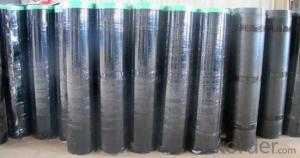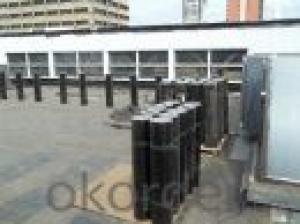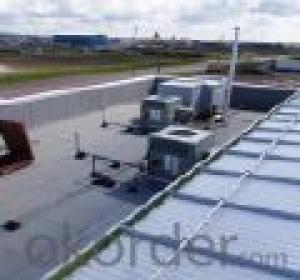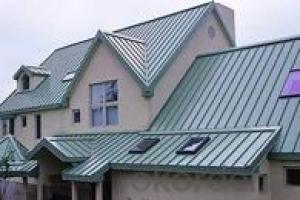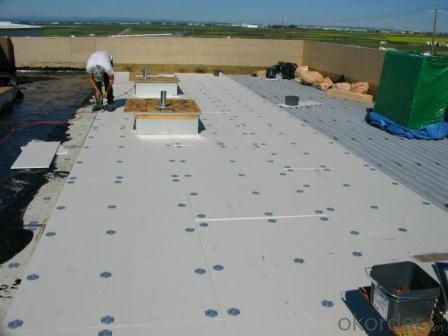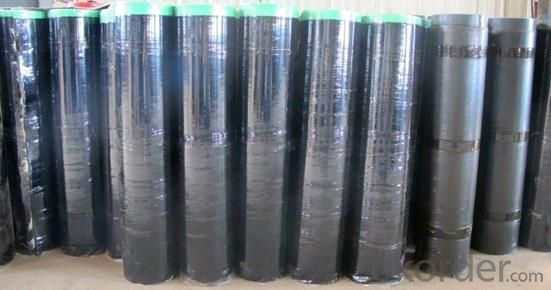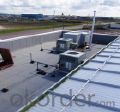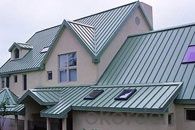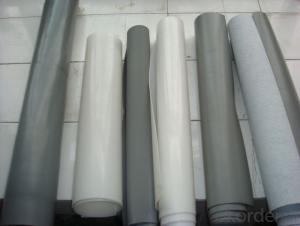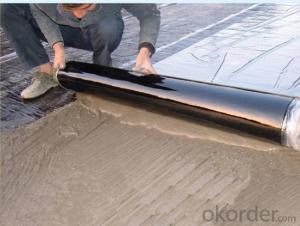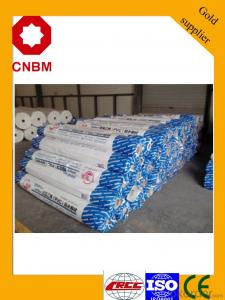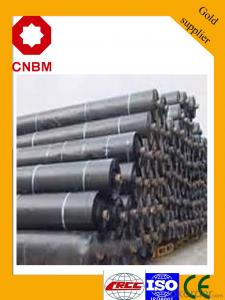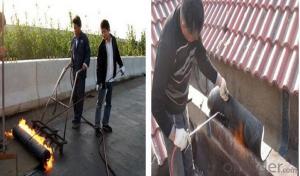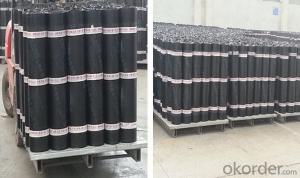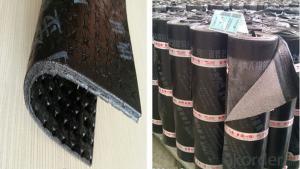3mm SBS Bitumen Waterproof Membrane for Roof
- Loading Port:
- Shanghai
- Payment Terms:
- TT or LC
- Min Order Qty:
- 1000 m²
- Supply Capability:
- 200000 m²/month
OKorder Service Pledge
OKorder Financial Service
You Might Also Like
Product description
The 3mm SBS Bitumen Waterproof Membrane for Roof are made by soaking the base in bitumen, or thermoplastic elastomer(Such as styrene butadiene-SBS),or thermoplastics(Such as atactic polypropylene-APP,APAO,APAL)modified bitumen, then covering double faces with elastomer(SBS)or thermoplastics(APP,APAO,APAL)modified bitumen, and last finishing the upward face with fine sands, mineral flakes(or Grains) or polythene membrane etc. while downward face with fine sands or polythene membrane.
Packaging & Shipping
Package and transportation-- SBS waterproof membrane / APP waterproof membrane / Asphalt waterproof membrane for building waterproofing construction :
1. Torch on bitumen membrane sheets 4mm should be stored under dry and ventilated conditions.
2. Different types of membranes must be piled separately.
3. Under usual condition, storage period is one year since production date.
4. Membrane roll should be put vertically during transportation. It should be kept away from sunshine and rainwater.
.
CHARACTERISTICS:
It has good waterproofing and ageing-resistance function, not flowing at highest temperature and no crack at lowest temperature;
Easy application , no pollution, and long service life etc.
Applicable scope:
It is widely used for industry and civil building --- the waterproof and dampproof of the roofs, basements, toilets etc; and the waterproofing of bridges, parking area, tunnels, reservoir etc.
SBS modified bitumen waterproof membrane is specially suitable to the building waterproofing in cold area and to the buildings of changeable constructions while APP specially suitable to areas of high temperature and of strong sunshine.
Storage:
Different types or specifications of products should be separated, not mixed.
Keep it dry and ventilated, protected from the sun or rain.
Storage temperature should never be higher than 45 °C. Pile up the membranes flatwise whose stockpile height never exceeds five layers. One layer is guaranteed if it is placed vertically.
Prevent it from inclination or In the process of transportation, it should be lying in case of inclination or lateral pressure. If necessary, cover it with felt-cloth.
Storage time is at least one year from manufacture date on if the product is under normal operation of storage.
Technical Parameters
Item | Index | ||||||
1 | Thickness of resin layer of the middle fabric ,mm≥ | - | - | 0.40 | 0.40 | 0.40 | |
2 | Tensile performance | Max tensile strength,N/cm ≥ | - | 120 | 250 | - | 120 |
Tensile strength,NPa ≥ | 10 | - | -10 | - | - | ||
Max elongation% ≥ | - | - | 15 | - | - | ||
Breaking elongation % ≥ | 200 | 150 | - | 200 | 100 | ||
3 | Heat treatment size change rate%≤ | 2.0 | 1.0 | 0.5 | 0.1 | 0.1 | |
4 | Cold bonding | -25°c No cracks | |||||
5 | Watertightness | 0.3mPa,2h waterproof | |||||
product show
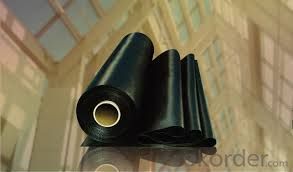
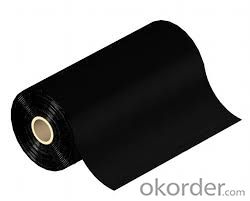
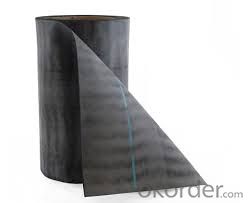
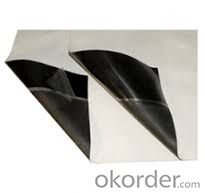
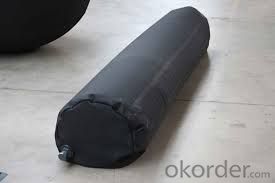
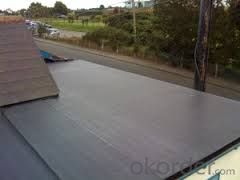
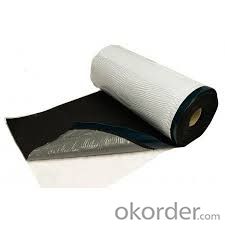


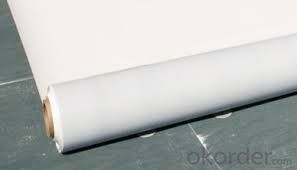
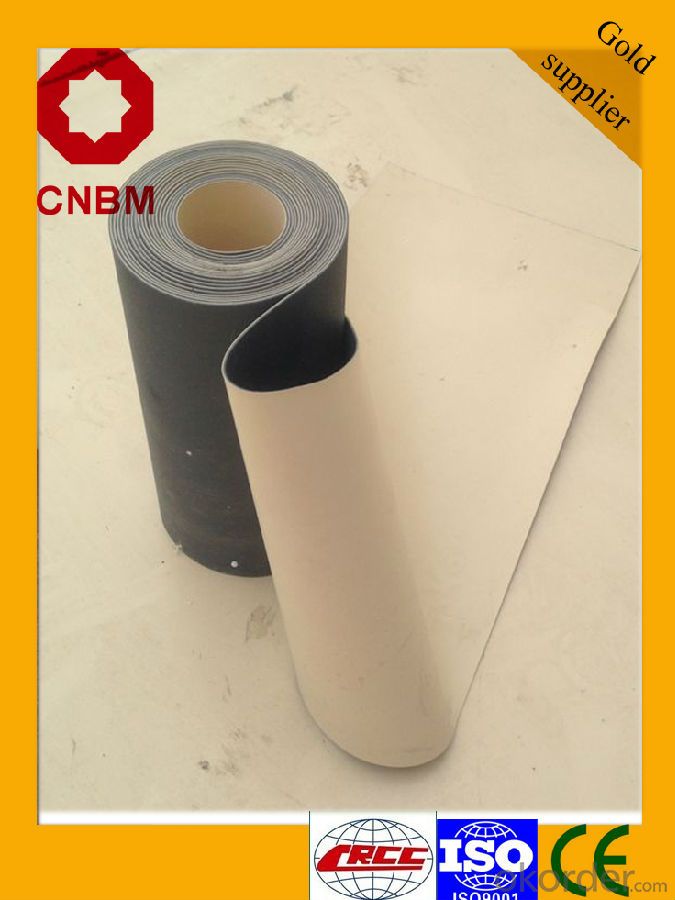
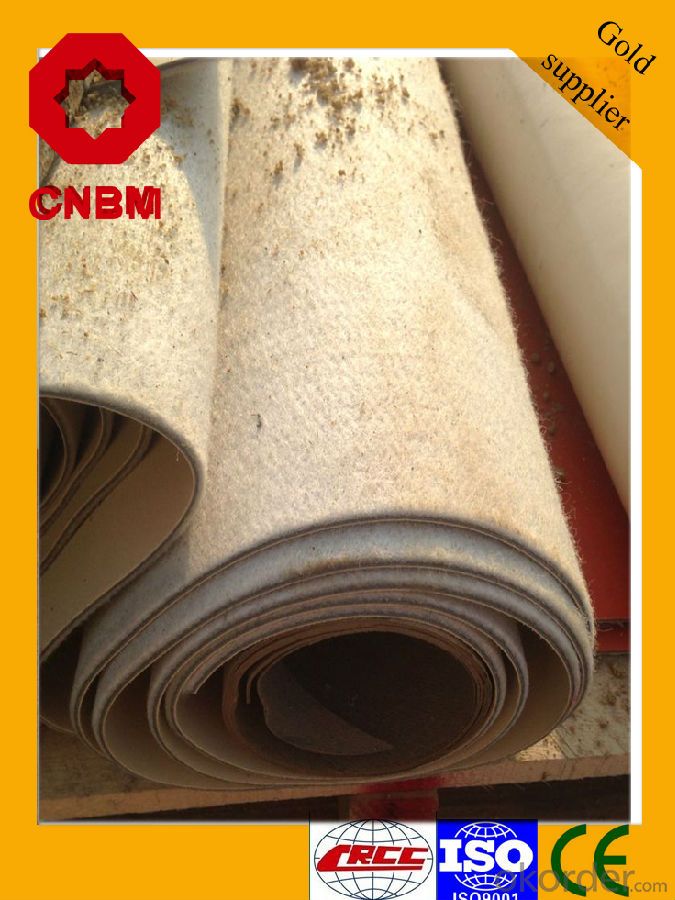
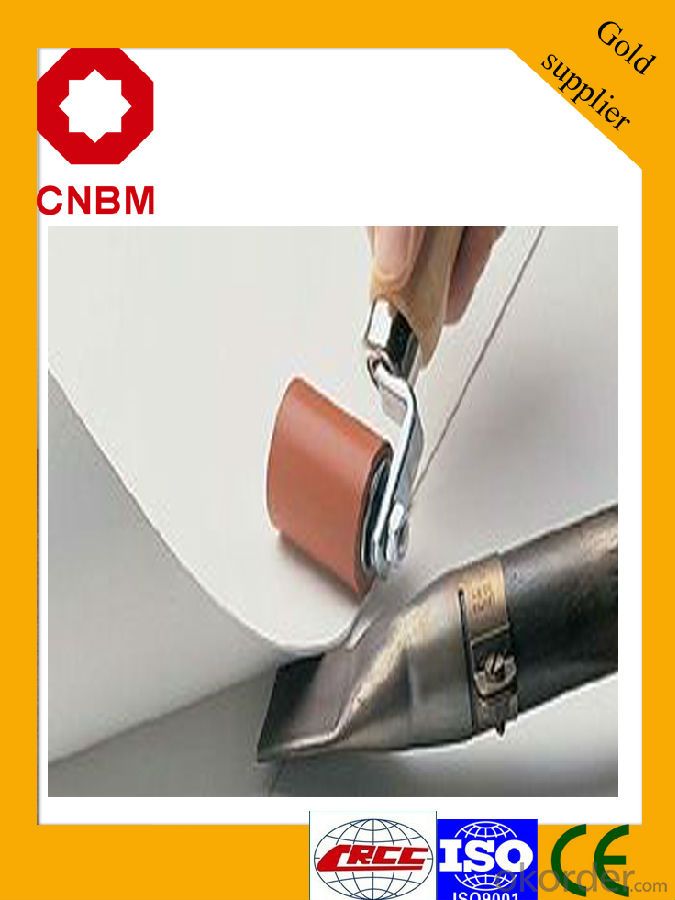
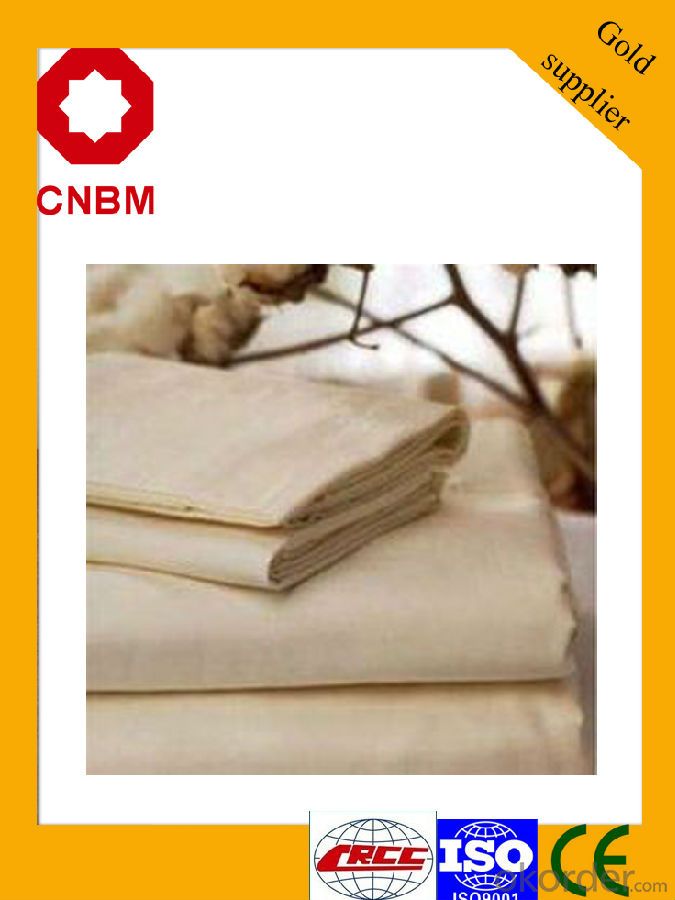
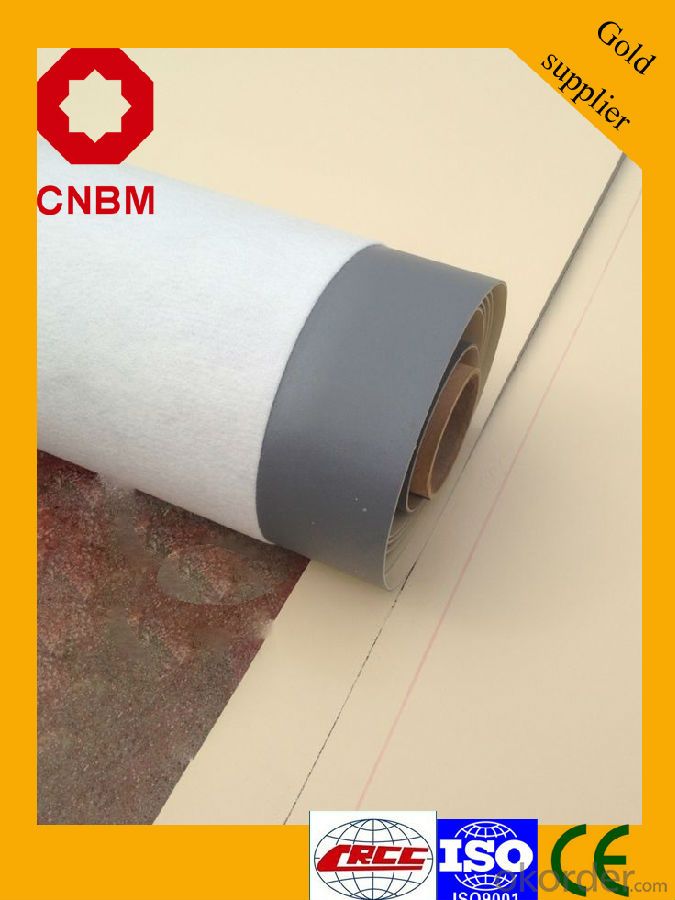
FAQ
Q: What's the de6abf1fe186f8d58506cbcfe46eed814d.jpglivery time ?
A: 3-5 days for 1-600 rolls, 10-15 days for container.
Q: What's the payment terms ?
A: TT/LC
Q: How do you make replacement with quality problems ?
A: New replacement will be packed into your next order or send to you directly after receive video or photo about quality problems.
- Q: Why the roof of the waterproof membrane and insulation rock wool board to do between the isolation layer?
- Roof on the waterproof membrane and the insulation between the rock wool board to do isolation reasons: 1, leveling layer is generally in order to make waterproof sheet paving when the formation is not empty drums, and sometimes leveling layer can also increase the bond strength of the substrate and the grassroots. But not all of the membrane paving must be done leveling layer, such as polyethylene polypropylene waterproofing membrane is a special mortar as a binder, not very uneven in the base can be directly on the construction. The insulation layer of the grassroots level is generally not leveling layer, but do nothing bad, to reduce the block insulation material porosity, improve the insulation effect and the overall strength of the insulation layer is useful.
- Q: Does a waterproofing membrane require a topcoat or sealer?
- In order to provide extra protection and enhance its effectiveness, a topcoat or sealer is typically required for a waterproofing membrane. The membrane itself is meant to prevent water from penetrating, but applying a topcoat or sealer can further strengthen its ability to repel water and prolong its lifespan. The topcoat or sealer functions as an additional layer of defense against moisture, UV rays, and other potential causes of damage. Moreover, it can help seal any minor cracks or imperfections in the membrane, ensuring a tighter seal and reducing the risk of water infiltration. Therefore, while a waterproofing membrane can offer some level of protection independently, it is generally recommended to add a topcoat or sealer for optimal performance and longevity.
- Q: How does a waterproofing membrane withstand temperature changes?
- A waterproofing membrane is designed to withstand temperature changes by being made from materials that can expand and contract without losing their properties. These materials are typically flexible and have a high tolerance for temperature fluctuations, allowing them to maintain their waterproofing capabilities even in extreme weather conditions. Additionally, the membrane's installation process often involves proper sealing and adhesion techniques, ensuring that it remains intact and unaffected by temperature changes.
- Q: Can a waterproofing membrane be used on tunnels with security systems?
- Yes, a waterproofing membrane can be used on tunnels with security systems. In fact, it is highly recommended to use a waterproofing membrane in tunnels, especially those with security systems, to protect the infrastructure and valuable equipment from water damage. Waterproofing membranes are designed to prevent water infiltration, providing a protective barrier against water leakage and potential moisture-related issues such as corrosion, mold growth, and structural deterioration. By using a waterproofing membrane in tunnels with security systems, the integrity of the tunnel structure and the functionality of the security systems can be preserved, ensuring the safety and security of the facility.
- Q: Is a waterproofing membrane resistant to saltwater or other corrosive substances?
- Yes, a waterproofing membrane is generally resistant to saltwater and other corrosive substances. Waterproofing membranes are designed to provide a barrier against moisture and water penetration, which includes protection against corrosive substances. These membranes are typically made from materials such as modified bitumen, PVC, EPDM, or TPO, which have inherent resistance to saltwater and other corrosive elements. Additionally, some manufacturers may also incorporate additional protective layers or coatings to enhance the membrane's resistance to corrosive substances. However, it is important to note that the level of resistance can vary depending on the specific type and quality of the waterproofing membrane used. Therefore, it is crucial to choose a high-quality membrane that is specifically designed for the intended application, such as saltwater environments or areas exposed to other corrosive substances.
- Q: Can a waterproofing membrane be used on precast insulation surfaces?
- Yes, a waterproofing membrane can be used on precast insulation surfaces. The membrane acts as a protective barrier, preventing water penetration and ensuring the insulation remains dry and functional.
- Q: Can a waterproofing membrane be used for storage tanks or containment areas?
- Storage tanks or containment areas can utilize a waterproofing membrane to prevent water or liquid penetration. These membranes serve as a barrier against such infiltrations and are therefore ideal for containment purposes. Rubber, PVC, or bitumen are commonly used materials for these membranes due to their water-resistant properties. They can be applied either internally or externally to storage tanks or containment areas to safeguard against leaks and moisture-related deterioration. Moreover, the use of waterproofing membranes aids in preventing the development of mold or mildew, thereby ensuring a secure and hygienic environment for stored materials or liquids.
- Q: How does a waterproofing membrane prevent water infiltration?
- Waterproofing membranes are specialized barriers used to prevent water from infiltrating structures like buildings or underground structures. They are typically made of synthetic materials like rubber, PVC, or bitumen, known for their water-resistant properties. The primary purpose of a waterproofing membrane is to establish a physical barrier that water cannot penetrate. It is applied to the exterior surface of the structure, creating a continuous layer that tightly adheres to the substrate. This effectively blocks water from seeping through cracks, joints, or porous surfaces, redirecting it away from the structure. One of the main ways in which a waterproofing membrane prevents water infiltration is by providing a seamless and impermeable layer. This means there are no gaps or weak points that would allow water to enter. Multiple layers of the membrane are often applied to ensure a durable and watertight seal, effectively stopping any water from penetrating the structure. Furthermore, waterproofing membranes are designed to withstand water pressure. They can endure the hydrostatic pressure exerted by water and prevent it from entering the structure. This is particularly crucial for below-ground structures like basements or foundations, which are prone to groundwater infiltration. In addition, waterproofing membranes often come with additional features to enhance their effectiveness. These may include additives or properties that improve flexibility, durability, or resistance to environmental factors like UV rays or chemicals. These properties ensure the membrane remains intact and functional over time, effectively preventing water infiltration. To sum up, waterproofing membranes prevent water infiltration by establishing a seamless and impermeable barrier that water cannot penetrate. They are designed to withstand water pressure and are applied to the exterior surface of structures to block water from seeping through cracks, joints, or porous surfaces. With their additional features, waterproofing membranes provide long-term protection against water infiltration.
- Q: Can a waterproofing membrane be used in conjunction with green building practices?
- Certainly, a waterproofing membrane can be utilized alongside green building practices. In actuality, integrating a waterproofing membrane into the construction of a green building can greatly enhance its overall sustainability and efficiency. One of the fundamental principles of green building practices is to maximize energy efficiency and decrease the environmental impact of a structure. By installing a waterproofing membrane, the building's outer covering can be shielded from moisture intrusion, thereby preventing water damage and potential mold growth. This, in turn, aids in preserving the structural integrity of the building, reducing the necessity for costly repairs and replacements, which can consume resources and generate waste. Moreover, a waterproofing membrane can contribute to improved indoor air quality. By preventing water infiltration, it assists in creating a dry and healthy living or working environment, minimizing the risk of respiratory problems and other health issues associated with dampness. Furthermore, a waterproofing membrane can enhance the energy efficiency of a building. By preventing water from seeping into the walls or foundation, it lessens the potential for heat loss through moisture evaporation, thus reducing the energy required for heating and cooling. This can lead to decreased energy consumption and lower carbon emissions, aligning with the objectives of green building practices. However, it is crucial to select a waterproofing membrane that is environmentally friendly and compliant with green building standards. Seek out membranes that are crafted from recycled or sustainable materials and possess low VOC (volatile organic compound) content. Additionally, consider opting for a membrane that is designed for longevity and durability, as this can further minimize the environmental impact by reducing the need for replacement over time. In conclusion, a waterproofing membrane can be an invaluable addition to any green building endeavor. It serves to safeguard the building envelope, enhance indoor air quality, and improve energy efficiency. By choosing an environmentally friendly membrane, the overall sustainability of the building can be further enhanced.
- Q: Can a waterproofing membrane be installed on a roof?
- Yes, a waterproofing membrane can be installed on a roof.
Send your message to us
3mm SBS Bitumen Waterproof Membrane for Roof
- Loading Port:
- Shanghai
- Payment Terms:
- TT or LC
- Min Order Qty:
- 1000 m²
- Supply Capability:
- 200000 m²/month
OKorder Service Pledge
OKorder Financial Service
Similar products
Hot products
Hot Searches
Related keywords

